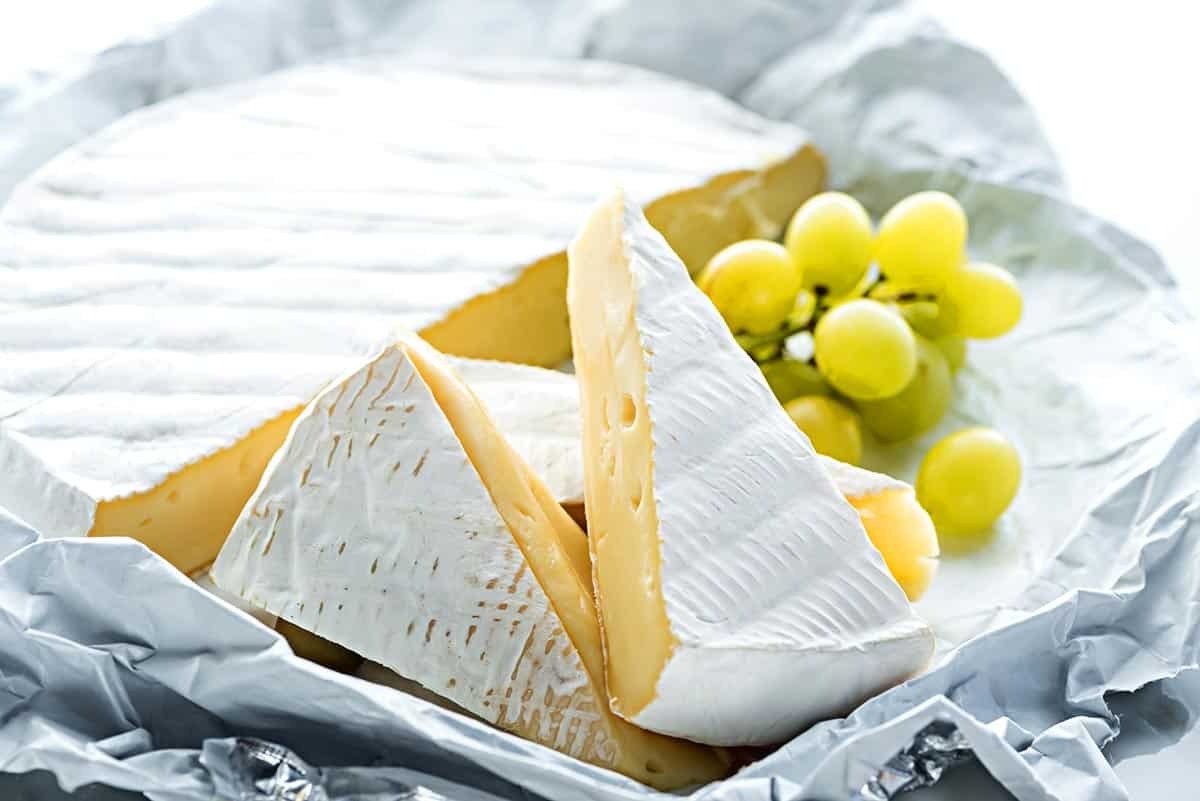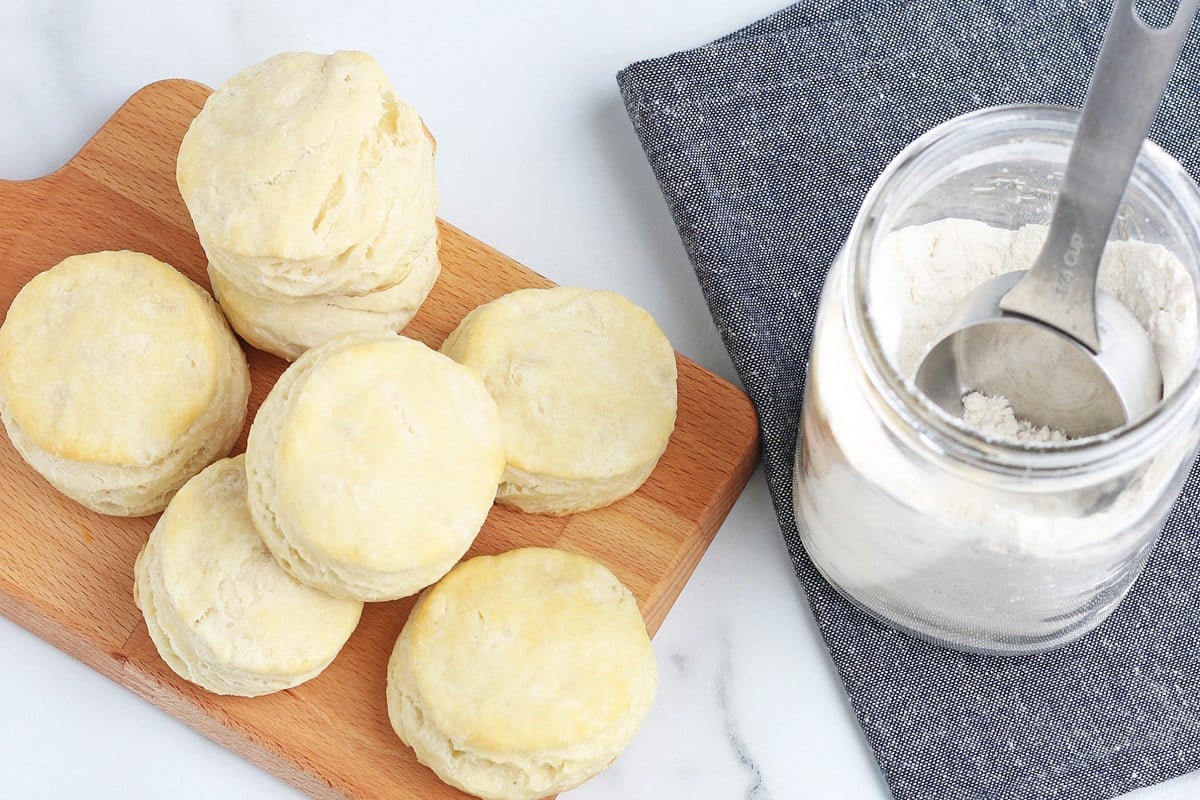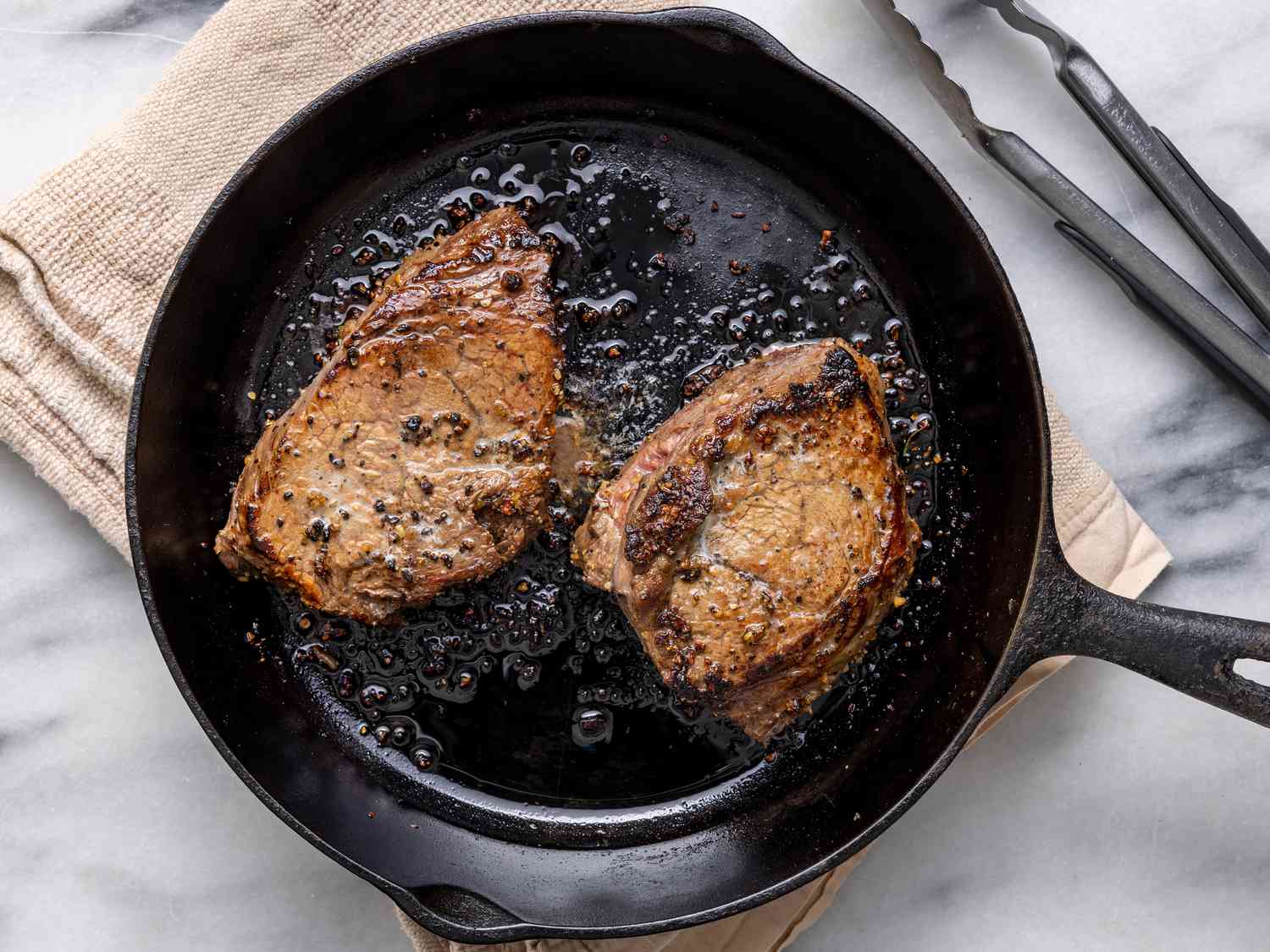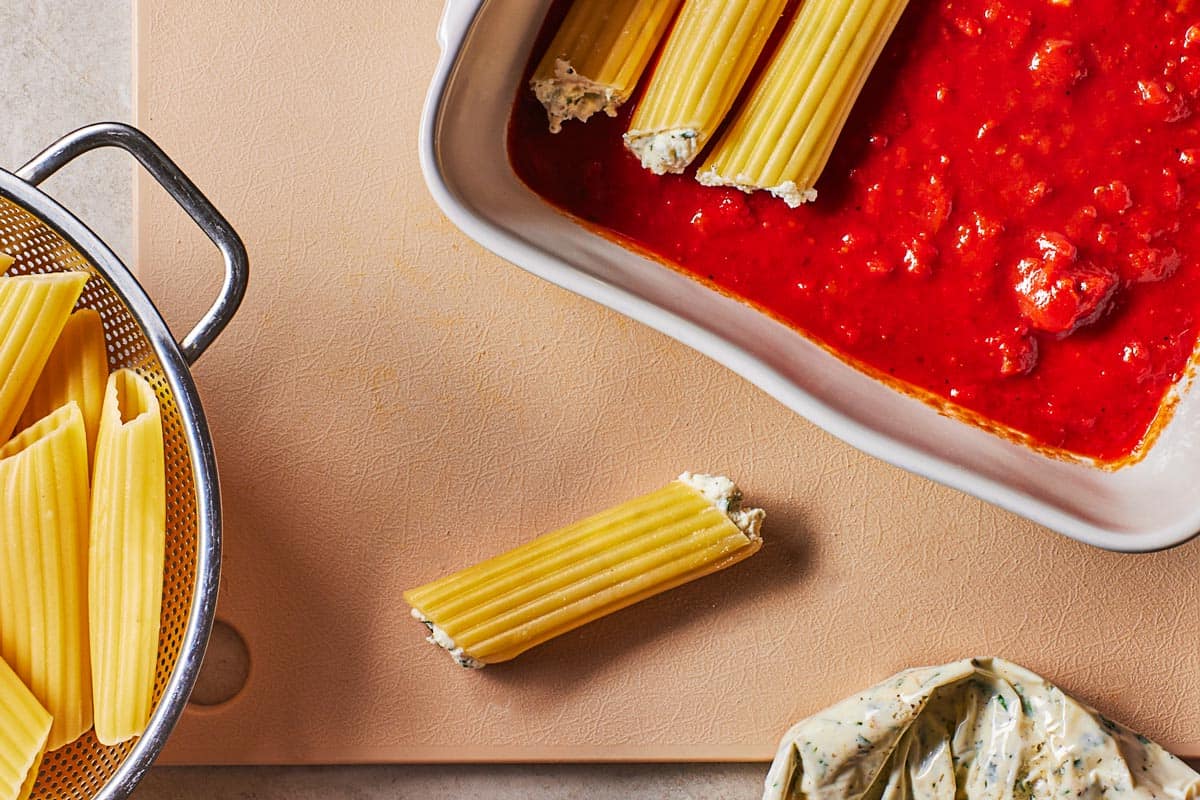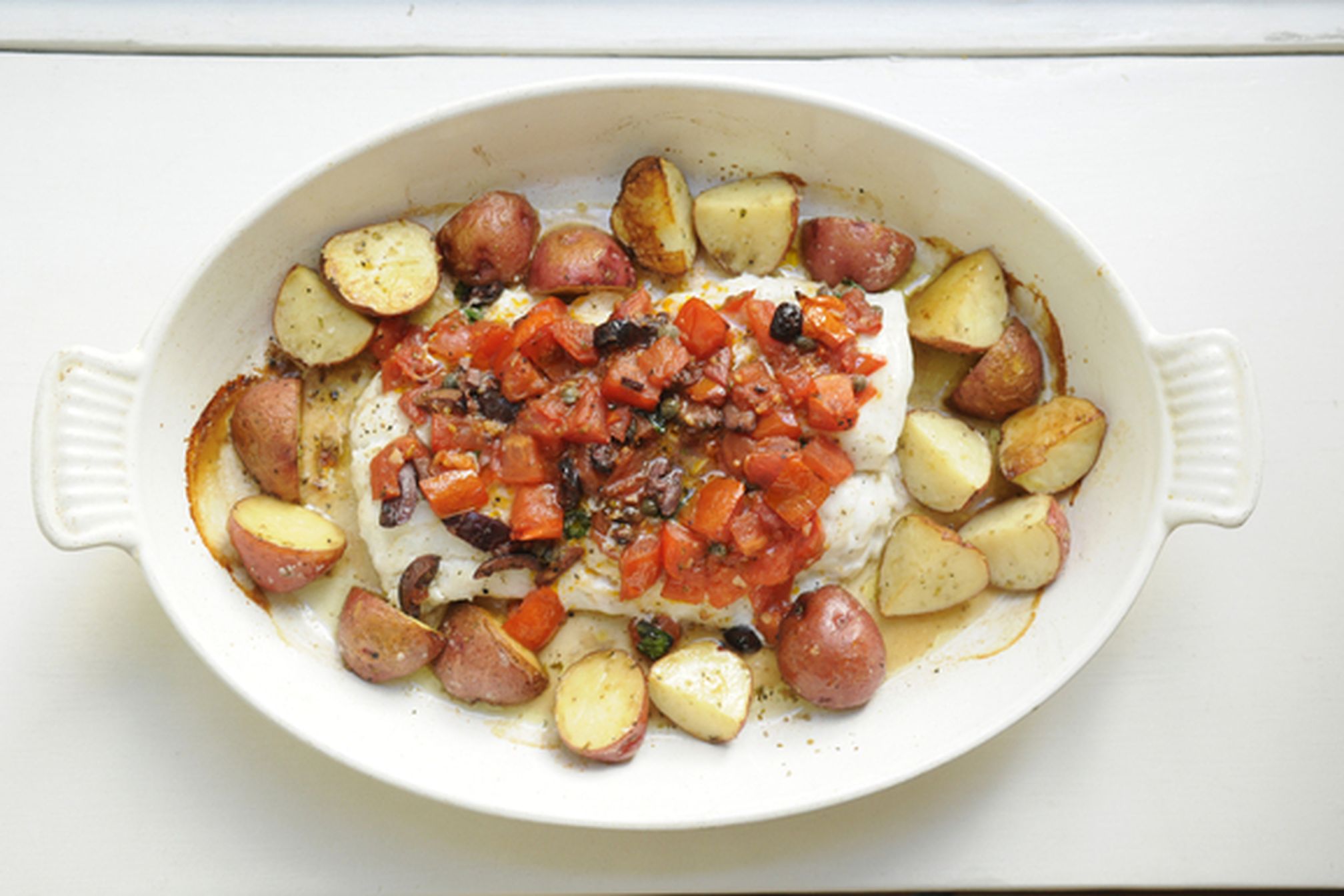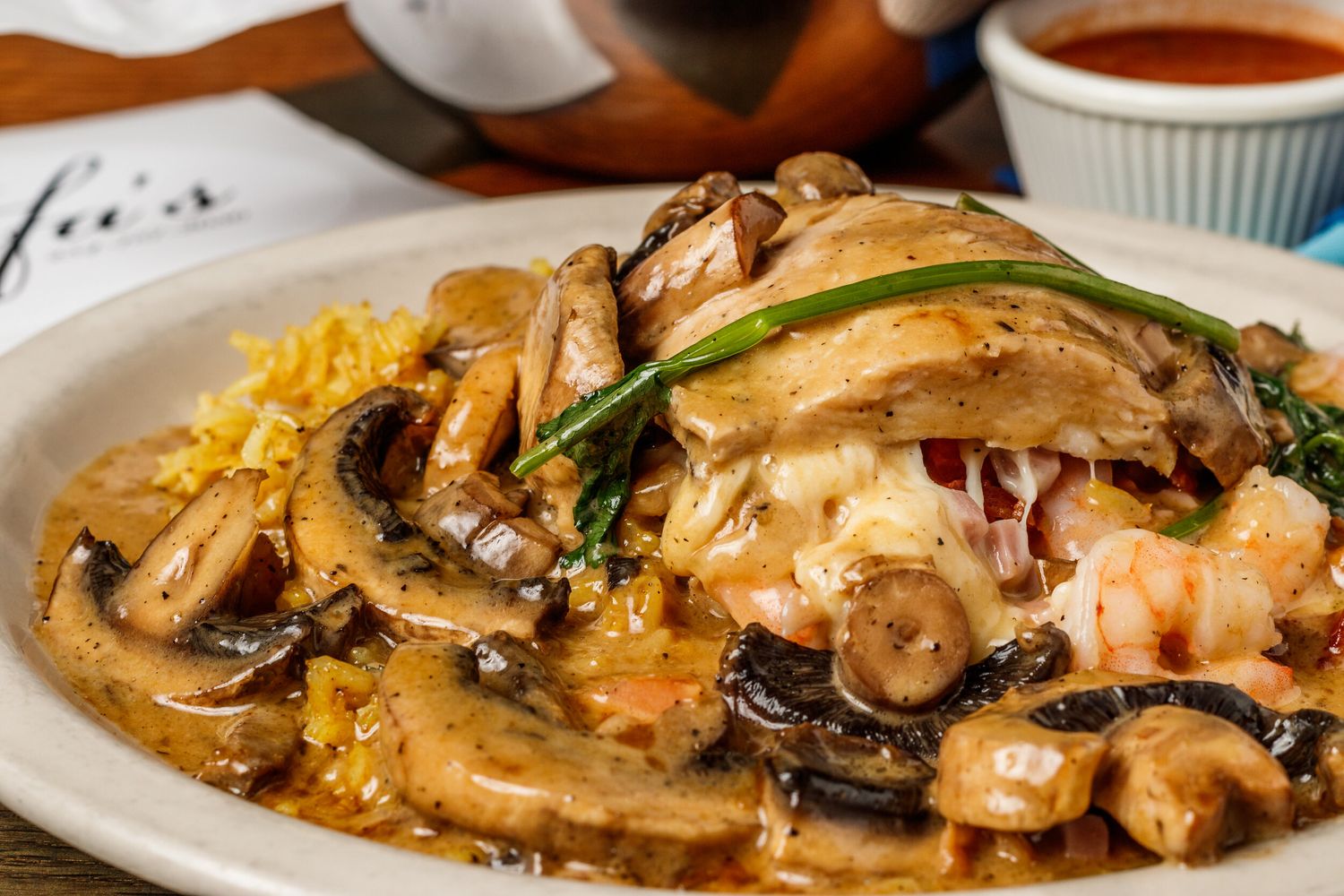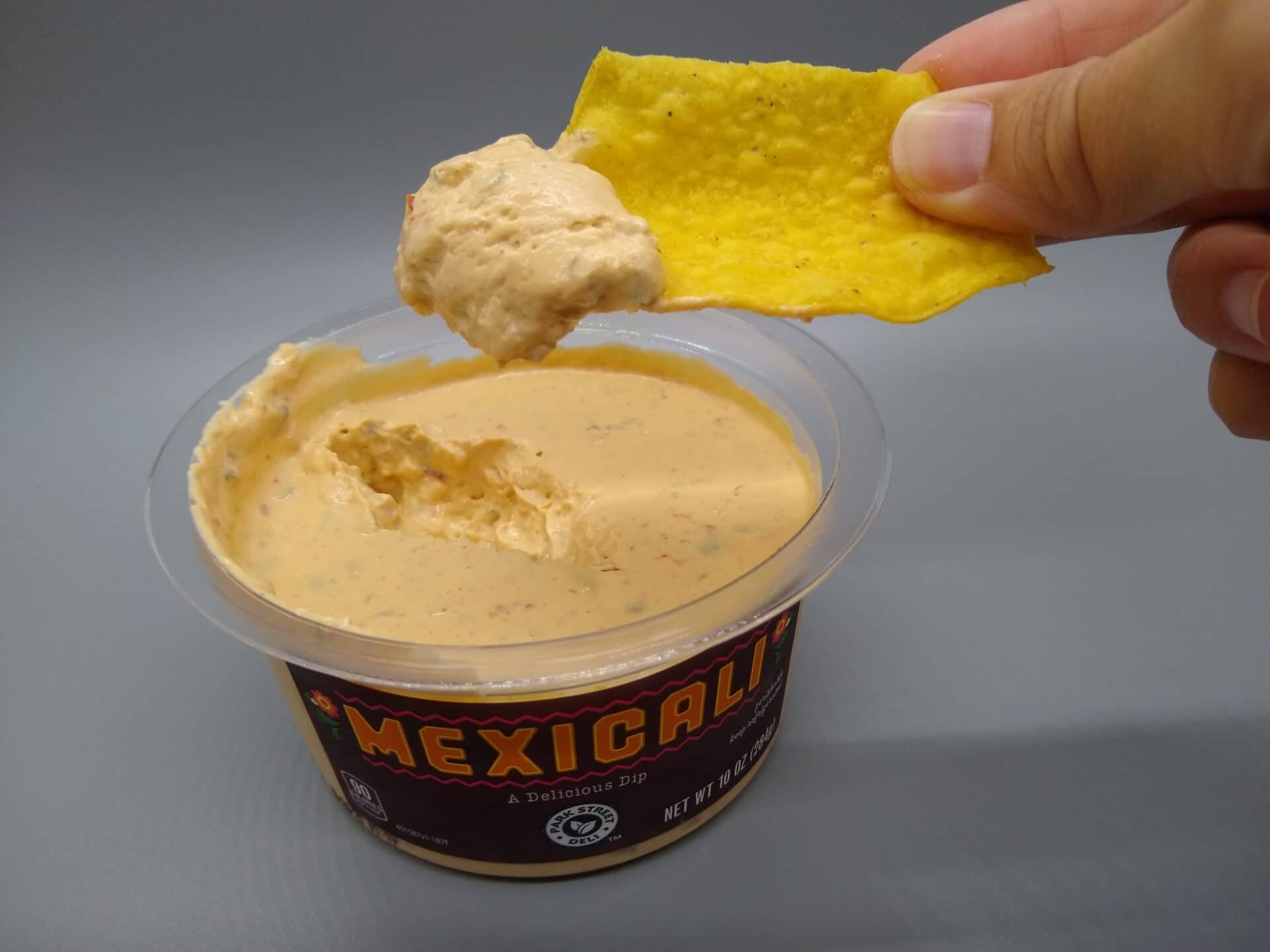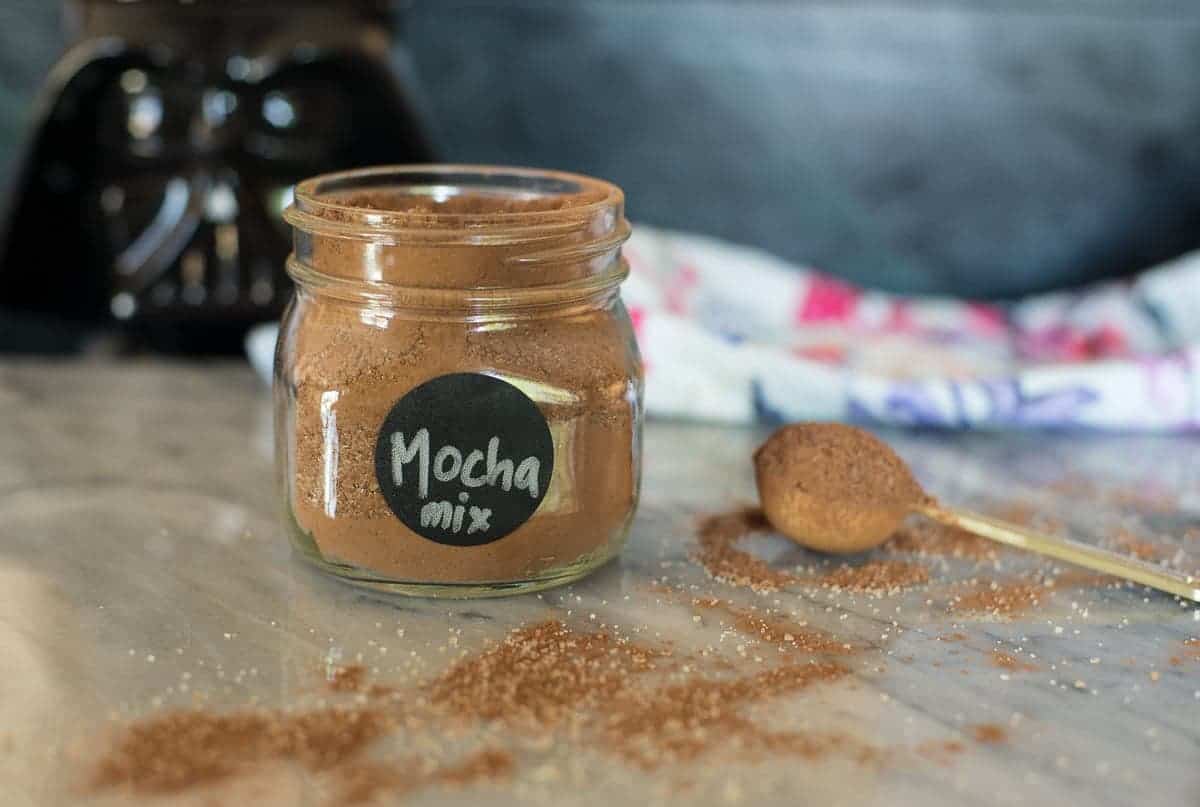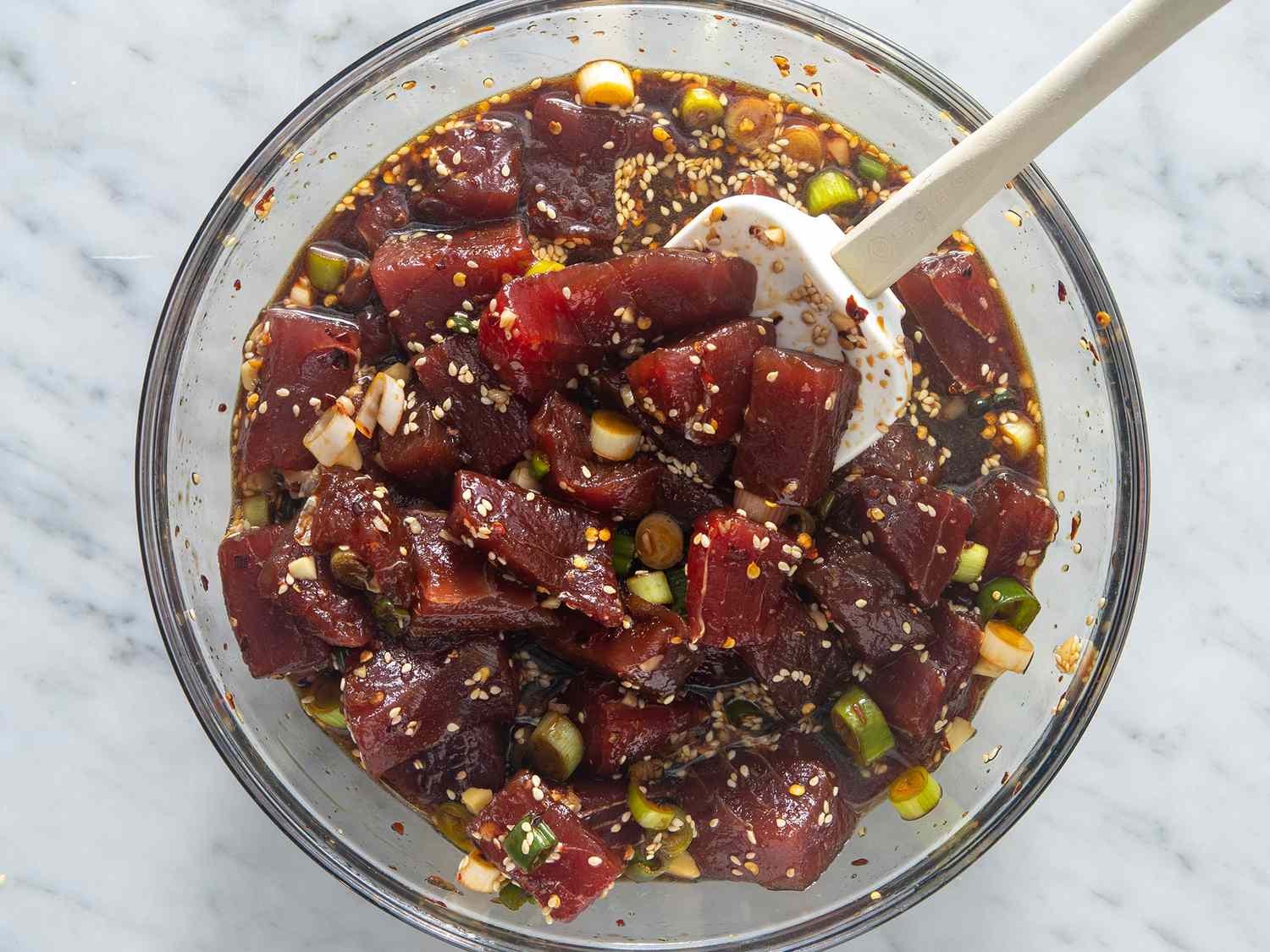When it comes to traditional Jewish cuisine, matzo is a staple that holds a significant place in the culinary and cultural landscape. Also known as matzah or matzoh, this unleavened flatbread is a key element of the Passover holiday and is enjoyed by people of various backgrounds throughout the year. In this article, we'll delve into the origins, significance, and preparation of matzo to gain a deeper understanding of this iconic food.
Origins and Significance
Matzo has a rich history that dates back thousands of years. According to Jewish tradition, the Israelites fled Egypt in such haste that they did not have time to let their bread rise, leading to the creation of unleavened bread, or matzo. This unleavened bread is a symbol of humility, faith, and the haste with which the Israelites left Egypt during the Exodus.
Ingredients and Preparation
The traditional ingredients used to make matzo include flour and water, and the entire process, from mixing the dough to baking the bread, must be completed within 18 minutes to prevent any leavening. This strict time limit is a symbolic reminder of the Israelites' hurried departure from Egypt. The dough is rolled out into thin sheets and then perforated to prevent rising during baking. Once prepared, the matzo is baked until it becomes crisp and golden, resulting in a flat, cracker-like bread.
Culinary Uses
Matzo is a versatile ingredient that can be used in various culinary applications. During the Passover holiday, it serves as a substitute for leavened bread and is used to make dishes such as matzo ball soup, matzo brei (a dish made with eggs and matzo), and matzo kugel (a baked pudding). Outside of Passover, matzo can be enjoyed as a snack with toppings such as cheese, hummus, or charoset, a sweet paste made from fruits and nuts.
Health Benefits
In addition to its cultural and religious significance, matzo offers several health benefits. As an unleavened bread, it is low in calories and fat, making it a nutritious option for those seeking a lighter alternative to traditional bread. It is also a good source of carbohydrates and can provide a satisfying crunch when used as a base for various toppings and spreads.
Conclusion
Matzo holds a special place in Jewish tradition and cuisine, serving as a symbol of faith, humility, and the enduring legacy of the Exodus. Whether enjoyed during Passover or as a versatile ingredient throughout the year, matzo continues to be a beloved and culturally significant food. Its simple yet profound preparation and rich symbolism make it a cherished part of Jewish culinary heritage.
Was this page helpful?
Read Next: What Is Pig’s Stomach?
